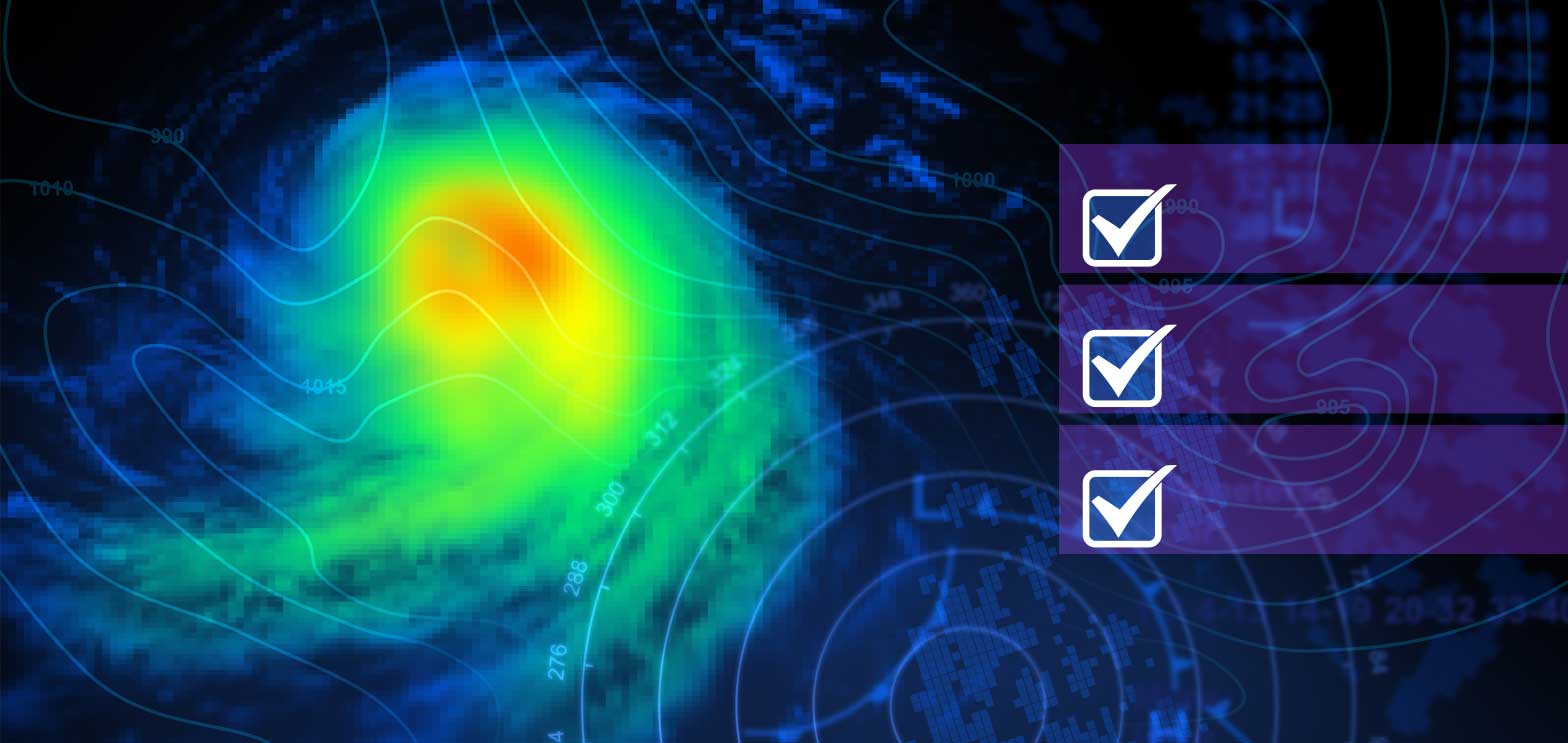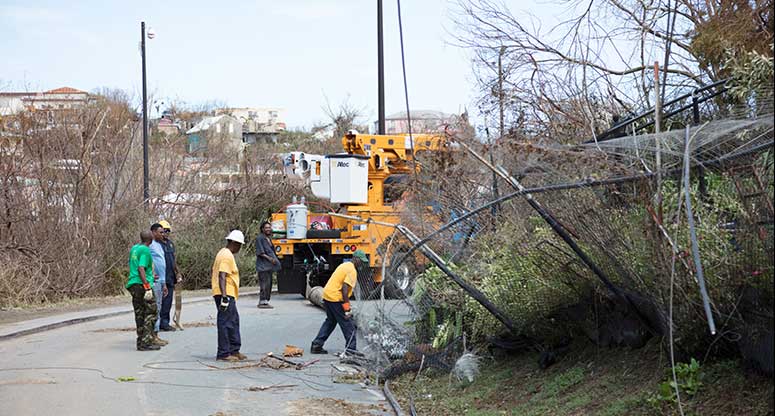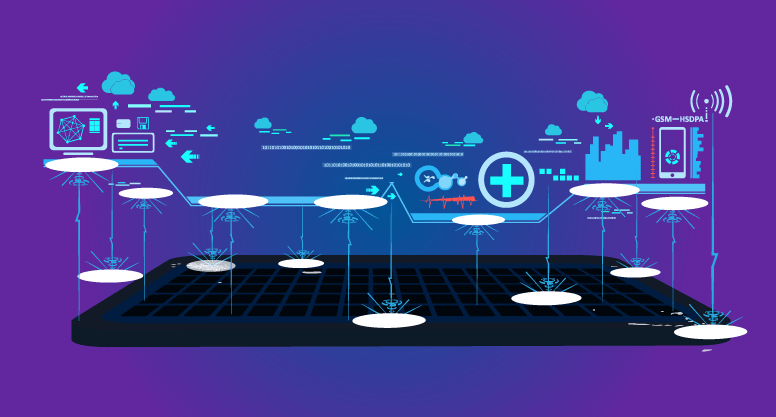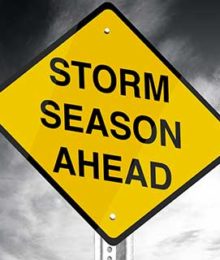Operations4 minute read
Hurricane Recovery Checklist:
A Step-by-Step Guide for Contact Centers
Creating a workable hurricane recovery plan is essential for any business with a contact center in a storm zone. This brief checklist is a great place to start.

We’re midway through the 2018 hurricane season and if you haven’t already prepared for it, along with a comprehensive recovery plan, your customer service operations are exposed.
The need is especially pronounced for businesses with contact centers, data centers or communications facilities located in hurricane zones. When your primary conduit to your customers is compromised, problems quickly accumulate: Incoming call volumes increase, as they back up. Staff stress levels skyrocket. Customer anxiety and dissatisfaction mount almost exponentially.
And, as most of us already know, hurricane seasons also are getting more severe: In 2017, Hurricane Irma wreaked tremendous damage across America’s Southeast, with more than 1.25 million power outages reported, and Edison Electric Institute (EEI) President Tom Kuhn calling it “likely… one of the largest and most complex power restoration efforts in U.S. history.”

For businesses with contact centers in storm zones, it may not be possible to prevent the damage from a major hurricane. That’s all the more reason why it’s essential to have a hurricane recovery plan in place well ahead of any potential outages.
Hurricane Recovery Checklist for Contact Centers
Establish a team lead. Your first step is to identify a leader or administrator within your team who can take charge to focus on hurricane recovery, and who’s given enough time and latitude to do so. This shouldn’t be an afterthought, or an extra duty, for someone who’s already got a full plate. Your recovery lead should have ample time to address any and all concerns related to this important issue.
Train your staff for hurricane scenarios. After your team lead is identified, that individual should make immediate efforts to train the rest of the contact center staff in how to communicate with customers during times of crisis, as well as how to handle certain disaster-related incidents, such as intrusions and medical emergencies. Formalize a plan for these contingencies and the messaging you’ll want to communicate to customers during a disaster.
Safeguard your facilities. If necessary, enlist a specialist to assess things. It’s crucial to identify areas of your physical operations that may be particularly susceptible to hurricane damage—think water entry, smoke detection and fire suppression. The location housing your data centers should be free of windows (and a roof that’s double-checked against leaking). Put a fail-safe alarm system in place.

Build smart (or retrofit). If you’re in the market for building a new contact center—and if it must be in a hurricane zone—then make sure it’s built with recovery in mind. There should be adequate ventilation and cooling systems. Your data center should be not only above street level but equipped with shelving to elevate important hardware even higher. Again, enlisting a specialist is probably wise.
Prepare for outages. In the event of a hurricane as huge and as destructive as Irma, outages will just be inevitable, they’ll likely be prolonged. You can help avoid this scenario by employing multiple data and power providers, installing uninterrupted power supplies and setting up generator access. Make sure all data is backed up at a separate location well out of the hurricane zone—but in an area that‘s readily accessible.
Set up call-forwarding and rerouting. Again, if your contact center could be incapacitated, it’s essential to make sure your communications channels forward or r-route calls to another location. Set up automated outbound calls, if necessary. You might partner with third-party vendors that can ensure your phone lines stay up and running, even if your facility loses its place on the grid.

Prepare an alternate location. If possible, identify and secure a second (or even a third) location where staff can be relocated—complete with servers and phone lines that can be easily patched into your primary network. Make sure you have a back-up staff that can take over and run the facility if your primary location goes down or is evacuated.
Get it in writing—and test, test, test! With your team lead in charge, create a written hurricane recovery plan that includes all these points. Then, make certain the plan is stored in a remote, redundant data center. And don’t forget to run your plan by compliance experts. Most important, test it, and upgrade it, at least once a year to make sure it’s fully operational and configured to meet your specific recovery needs.
Consider third-party assistance. If the prospect of putting all these hurricane recovery factors into place seems overwhelming—or if it’s simply outside the scope of your business—then it may be time to call in professionals.

At Working Solutions, we provide full-service, turnkey services designed to ensure continuous contact center operations during hurricane season, and all year round.
Contact us today
This Might Interest You...
This website uses cookies to personalize and improve your experience. Continue browsing our site if you agree to our Cookie Policy or feel free to Manage Cookies yourself.


